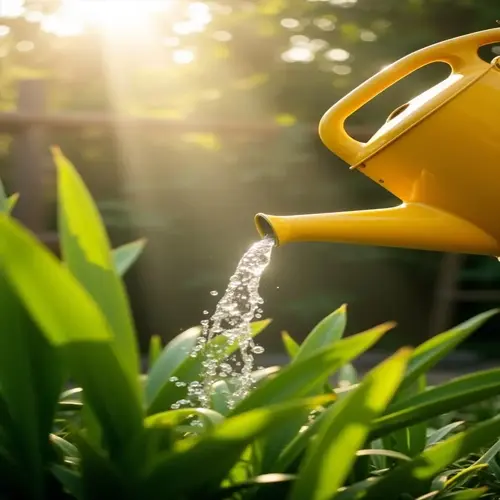How do I test soil acidity accurately?

Written by
Olivia Mitchell
Reviewed by
Prof. Samuel Fitzgerald, Ph.D.Accurate testing of soil acidity is the basis of growing healthy plants. Knowing your pH prevents nutrient lockout and stress. There are reliable testing methods, from quick digital tests to professional lab testing. Each method fits different budgets and gardening needs. It pays to investigate these options so you can make the best decision for your situation.
Digital Meters
- Provide instant pH readings within seconds
- Require monthly calibration for accuracy
- Ideal for frequent spot checks in garden beds
Laboratory Analysis
- Offers comprehensive nutrient and pH reports
- Available through university extension services
- Best for new gardens or problem areas
Test Strips
- Simple color-coded results for home use
- Check multiple locations quickly
- Accuracy within 0.5 pH units
Plant Indicators
- Yellow leaves with green veins show iron deficiency
- Stunted blueberry growth indicates high pH
- Hydrangea color changes reflect soil acidity
A proper soil sampling technique is critical for test accuracy. Soil can be collected from 6-8 sites at a depth of six inches, mix samples well in a clean container. Do not take soil samples immediately after fertilizing. Be sure to dry all samples completely before using test strips or test meters. When working in the laboratory, be sure to follow the specific submission instructions exactly.
Test results help with efficient changes. Acid-loving plants thrive at pH levels <6.0. Levels that are higher need sulfur. Seasonal tests can track changes in response to rainfall. Digital logs will show patterns. Consistent monitoring will solve concerns before they show signs.
Selecting the appropriate testing method for your specific needs will save you a significant amount of time and resources. A home gardener typically uses quarterly strip tests. A commercial grower typically uses lab analysis one time per year. Digital meters are handy for container gardening. Visual feedback from the plants offers the most feedback. Using all of the methods to achieve a complete picture is the best approach.
Read the full article: 10 Acid Loving Plants for Your Garden

